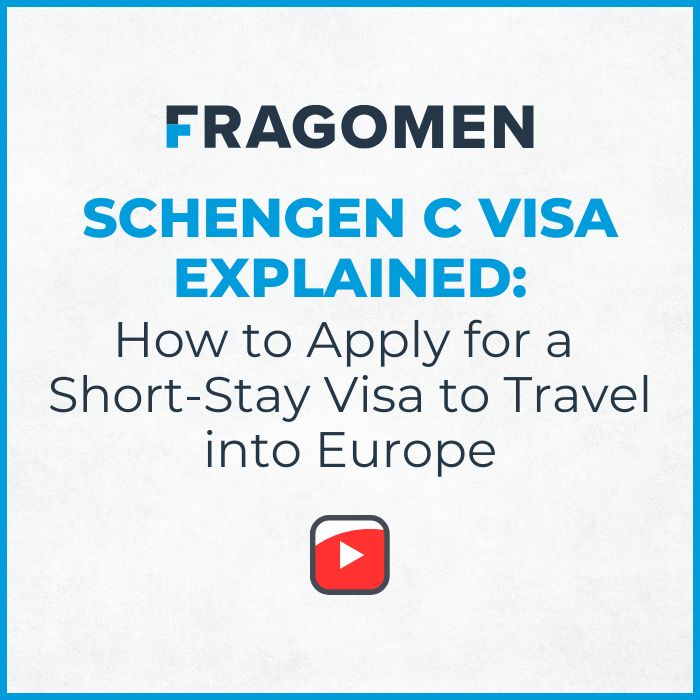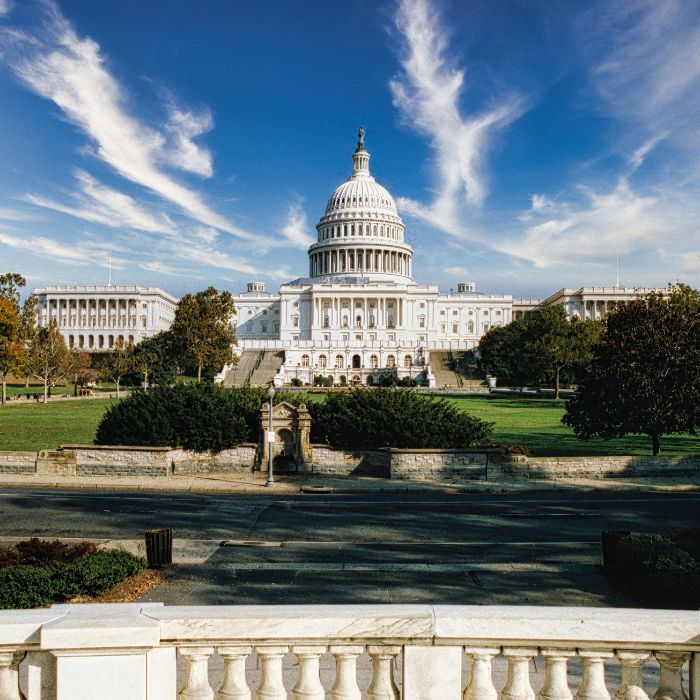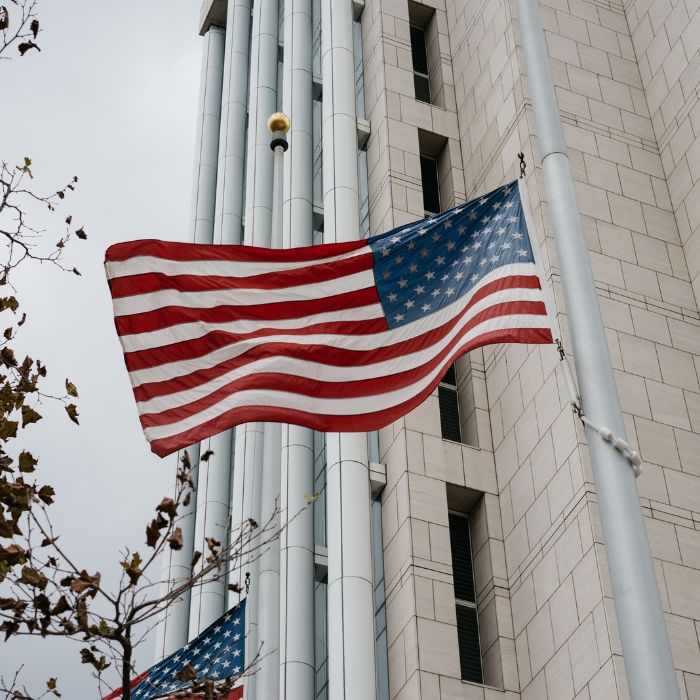Green Card Backlogs and Visa Bulletin Trends: What Employers Can Do In 2025 and Beyond
July 30, 2025
By: Susan Steger
US employers continue to face mounting challenges in retaining foreign talent due to persistent green card backlogs and shifting Visa Bulletin cutoffs—especially in the EB-2 and EB-3 categories for India and China.
As of mid-2025, EB-2 and EB-3 categories remain retrogressed not only for India and China but also for many “Rest of World” applicants, a trend that reflects continued high demand and limited annual visa availability. Even the EB-1 category—which has stayed historically current—has seen significant retrogression for India and China, adding new urgency to long-term immigration planning.
With the second half of 2025 underway, it is critical for HR teams and in-house counsel to stay proactive, informed and strategic. The following list explores steps employers can take to address these challenges.
1. Understand the Current Landscape
The Department of State’s monthly Visa Bulletin shows continued retrogression for key employment-based categories. While demand remains high, available visa numbers are capped annually by statute—leading to multiyear wait times for many talented, professional workers.
2. Don’t Delay I-140 Filings
Even if the employee’s priority date will not be current, filing an I-140 petition early establishes their place in line and locks in the priority date. It also strengthens employee retention, as many foreign nationals are less likely to change employers once an I-140 is approved on their behalf.
A priority date is the date when an I-140 petition is properly filed with USCIS. It essentially marks the foreign national’s place in line for a green card in categories where there are annual limits on the number of visas issued per fiscal year. For employment-based immigrants, it is usually the date USCIS receives the Form I-140 (Immigrant Petition for Alien Worker), or the date a labor certification (PERM) is filed with the Department of Labor, if required for green card sponsorship.
The Department of State’s monthly Visa Bulletin shows which priority dates are "current" – meaning applicants with those dates can move forward with their green card applications (form I-485). If your priority date is earlier than the date listed in the bulletin for your category and country, you can proceed with filing your application.
This system is necessary because there are annual caps on the number of green cards issued in many categories, and demand usually exceeds supply.
3. Review and Update Your Corporate Green Card Policy
Employers should evaluate internal policies around when to initiate the green card process for their foreign national employees. Starting earlier—ideally on or before the end of the first year of employment and with at least 3-4 years of nonimmigrant status remaining—gives your company a better chance of securing an earlier priority date before visa backlogs worsen. Early initiation also ensures employees are positioned to maintain valid nonimmigrant status during lengthy waits, minimizing the risk of business interruptions due to a lapse in work authorization.
4. Build a Consistent H-1B Registration Strategy
For employees working under F-1 OPT, STEM OPT, TN or other nonimmigrant categories, consider implementing a policy of entering all eligible workers into the H-1B registration lottery each year. Securing H-1B status not only extends work authorization in most scenarios but also sets the foundation for long-term immigration strategy and planning.
Importantly, H-1B status enables AC21 portability, allowing employees to remain in the US beyond the standard six-year limit while waiting for the completion of the green card process. The H-1B lottery is required due to the limited number of H-1Bs available each fiscal year.
5. Identify and Develop EB-1 Candidates
Employers should work closely with immigration counsel to assess whether any foreign national employees may qualify for the EB-1 category, particularly EB-1A (extraordinary ability), EB-1B (outstanding researchers), or EB-1C (multinational managers or executives). With fewer backlogs and faster processing, EB-1 can be a powerful option.
Counsel can help identify high-potential candidates and map out steps to strengthen their case over time—such as publishing scholarly work, assuming leadership roles or pursuing overseas assignments. For some foreign national employees, this strategy could shave off a decade of waiting or more for their priority date to be current for their category.
6. Navigating the PERM Process: Challenges for Employers in 2025
In today's competitive job market, employers are facing significant hurdles in securing PERM (Program Electronic Review Management) approvals for their foreign national employees. One of the most pressing issues stems from the significant volume of resumes received during the recruitment process, particularly from employer website postings. This surge in applications is a direct consequence of heightened scrutiny by the Department of Labor regarding recruitment practices.
Managing this influx of resumes is a daunting task. Employers must meticulously review each application to ensure compliance with PERM requirements, which can be time-consuming and resource intensive. The increased workload not only delays the PERM approval process but also adds to the administrative resource expense for sponsoring employers.
Despite these challenges, employers can remain committed with the help of counsel in navigating the complexities of the PERM process to secure the best talent for their organizations. By keeping informed about regulatory changes and adopting efficient recruitment strategies, they can continue to support their foreign national employees while adhering to legal requirements.
Navigating the PERM process may be challenging, but with strategic planning in conjunction with counsel, employers can ensure they are building a diverse and talented workforce.
7. Explore Options to Avoid the PERM Labor Market Test
PERM—the labor certification process required for sponsoring foreign workers for a green card—is time-consuming, document-intensive and highly regulated. However, certain green card categories do not require a labor market test for minimally qualified US workers, and employers should assess if any candidates may qualify:
-
-
- EB-1A (Extraordinary Ability): For individuals with demonstrated national or international acclaim in their field. No PERM or employer sponsorship required.
- EB-1B (Outstanding Professors and Researchers): For qualified academic professionals, but also available to research-based roles in private industry. This classification is commonly used not only by universities and nonprofit research institutions but also by companies engaged in research and development of new products, provided they employ at least three full-time researchers and have a documented record of accomplishments in the field.
- EB-1C (Multinational Managers/Executives): For employees returning or transferring to the US (such as on an L-1A visa) from qualifying managerial overseas assignments with related entities.
- National Interest Waiver (NIW): Available under EB-2 for individuals whose work has substantial merit and is in national interest. This option is particularly strong for those in STEM, public health, energy and critical research areas, though USCIS has heightened its scrutiny of this category this year.
- Schedule A, Group I Occupations: Certain roles, such as nurses and physical therapists, are pre-certified by the Department of Labor as shortage occupations and bypass the traditional PERM recruitment process.
- Schedule A, Group II – Exceptional Ability: For individuals with exceptional ability in the sciences or arts (including performing arts), whose work is recognized on a national or international level. This underutilized category can be a viable alternative to PERM if the individual meets the evidentiary standards.
-
Identifying candidates early and working with immigration counsel to map out a PERM-free strategy can save time and reduce uncertainty.
8. Consider EB-2 vs. EB-3 Strategy
For eligible candidates, employers can file in both EB-2 and EB-3 categories, either concurrently or sequentially. While this “two-track” strategy once offered flexibility when one category moved faster than the other, current backlogs require a more nuanced, cost-benefit analysis.
9. Watch for Interfiling Opportunities
If your employee has a pending I-485 and becomes eligible in a different category (such as EB-2 or EB-3), interfiling may allow them to adjust status in a more favorable preference category. USCIS has refined this process in recent years, but it still requires careful documentation and timing.
10. Communicate Early and Often
Delays in permanent residency are more than administrative—they affect employee morale, mobility and long-term planning. Proactive communication and clearly defined immigration policies help build transparency and retention.
11. Monitor Legislative and Policy Changes
Proposed reforms—such as visa recapture or removing dependents from annual limits—could improve the backlog, but none have been enacted as of mid-2025. Staying informed and maintaining readiness to act can give your organization an edge when changes do occur.
Need to Know More?
The employment-based green card process requires long-term planning in a system that is increasingly constrained. By reviewing internal policies, identifying EB-1 or PERM-free options, initiating sponsorship earlier and building consistent strategies around H-1B and I-140 filings, employers can better support critical talent and mitigate risk in a competitive hiring market. For questions or additional support, please contact Counsel Susan Steger at [email protected].
This blog was published on July 30, 2025, and due to the circumstances, there are frequent changes. To keep up to date with all the latest updates on global immigration, please subscribe to our alerts and follow us on LinkedIn, Twitter, Facebook and Instagram.















